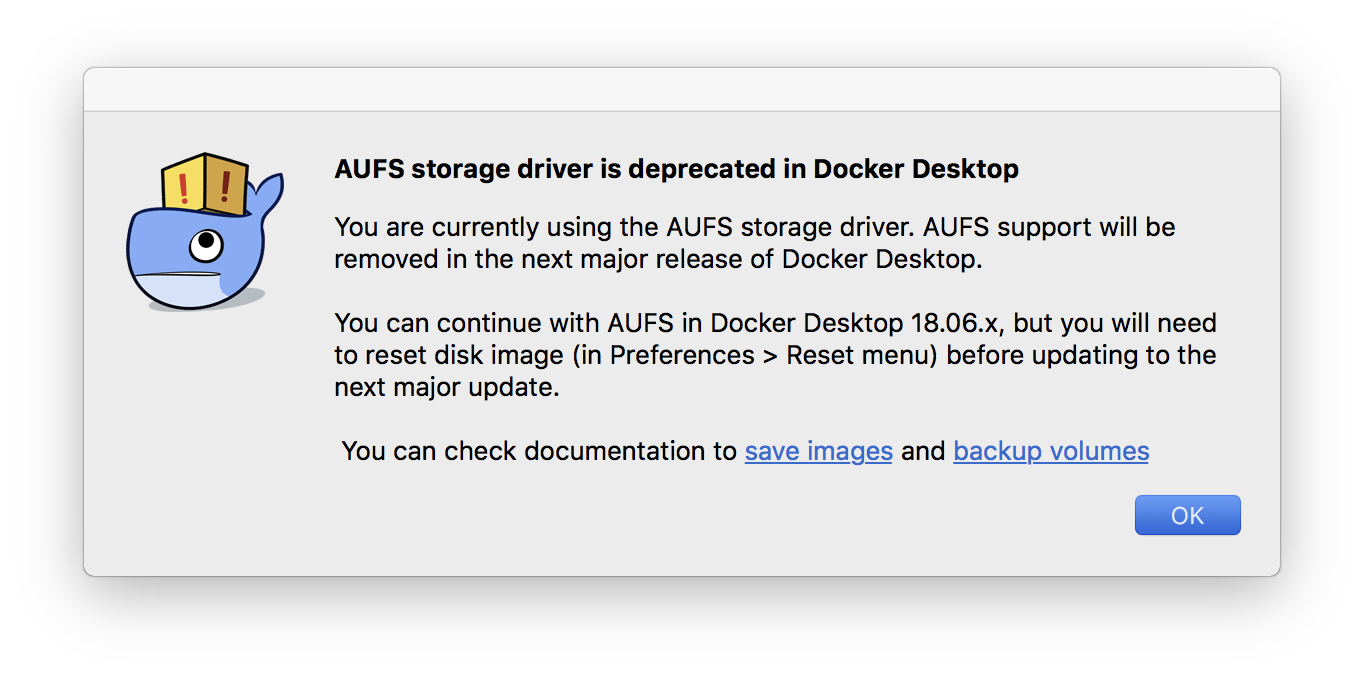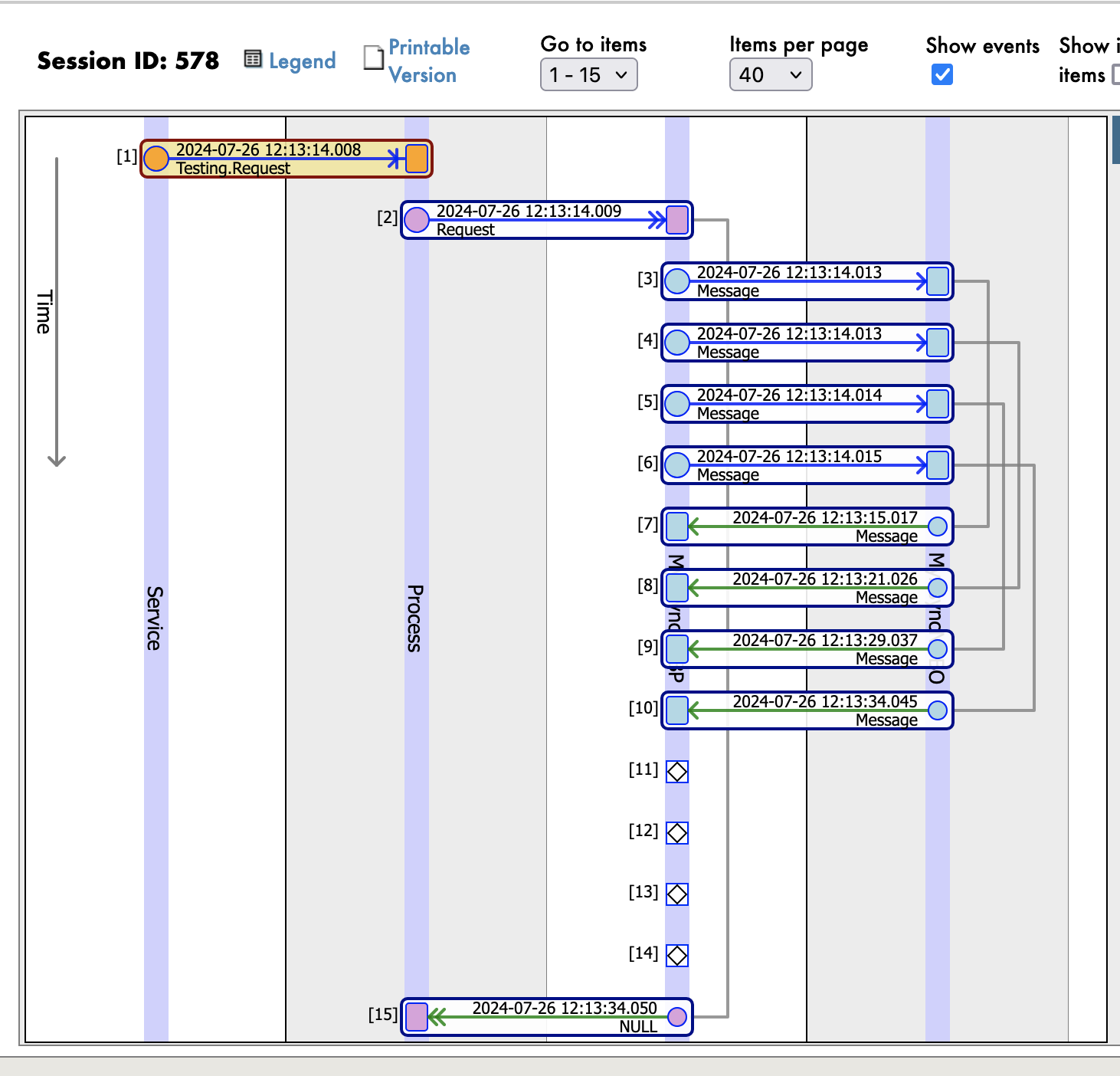As Bill has mentioned earlier in his post, we have carefully reviewed the JSON capabilities and made some adjustments to ensure they deliver the best benefit to you. In this post, I am going to describe the modifications in more detail and provide guidance for you to understand the implication for your code base.


